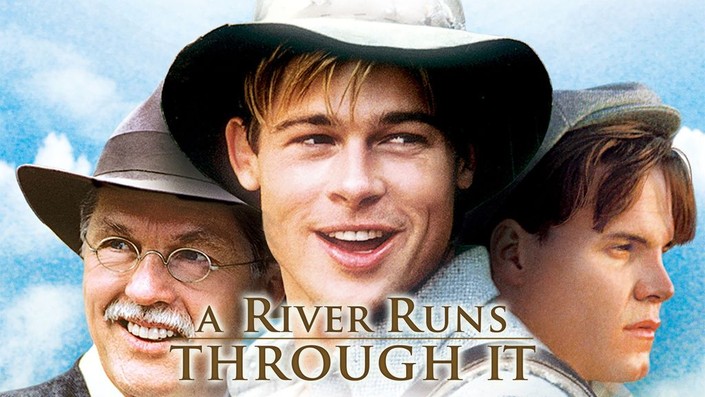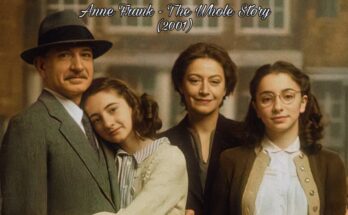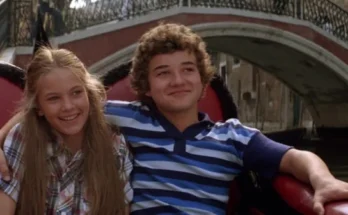Genre: Drama | Coming-of-Age | Family | Historical
A River Runs Through It is a lyrical, deeply nostalgic meditation on family, nature, and the passage of time—an elegiac film that flows as gently and inexorably as the river at its heart. Directed by Robert Redford and based on Norman Maclean’s autobiographical novella, this 1992 classic is not just about fly-fishing in Montana; it’s about fathers and sons, brothers and loss, faith and freedom—and the way some things can’t be tamed, no matter how much we love them.
Set in the early 20th century, the film tells the story of the Maclean family: Reverend Maclean (Tom Skerritt), a stern but loving Presbyterian minister; Norman (Craig Sheffer), the thoughtful older brother who follows an academic path; and Paul (Brad Pitt), the wild, magnetic younger brother whose reckless charm hints at a darkness that no one in the family can quite reach.
Through Norman’s eyes, we watch their boyhood days in Missoula unfold—learning to cast lines with mathematical precision under their father’s watchful eye, sneaking out for youthful mischief, and eventually setting out into the wider world. The river becomes a sacred place where time slows down, a thread connecting them all, even as life pulls them apart.
Redford’s direction is reverent and patient, letting the natural beauty of Montana—sunlight on water, rustling trees, quiet dawns—speak as much as the narration. The film’s fly-fishing scenes are poetic, almost spiritual rituals that become a language between father and sons, between brothers, between man and nature. The river isn’t just a backdrop—it’s a symbol of grace, freedom, and the things we can’t control.
Brad Pitt’s performance as Paul is unforgettable—a brilliant early showcase for an actor who captures the restless, untamable spirit that makes Paul so beloved and so doomed. His bright, reckless energy contrasts beautifully with Norman’s quiet steadiness, and their bond—full of admiration, frustration, and unspoken grief—forms the film’s emotional core.
A River Runs Through It doesn’t rush toward resolution or easy answers. It accepts the pain of loving someone you can’t save, and the bittersweet truth that time and nature move on whether we’re ready or not. Redford’s narration, drawn directly from Maclean’s words, gives the film a poetic melancholy that lingers: a reminder that we are all, in some way, forever tied to the rivers that shaped us.
More than three decades later, A River Runs Through It remains one of the most beautifully photographed American films—a gentle elegy for a lost time, a lost place, and the people we wish we could have held onto a little longer. It’s about how we remember the moments that made us, and how, in the end, everything runs back to the river.



